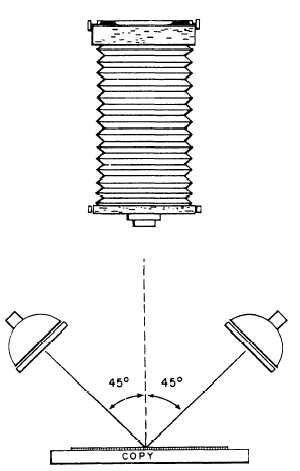Figure 8-3.–Lights positioned at a 45-degree angle.
original without moving the camera or the original.
When the camera is not designed with a rising, falling,
and sliding front, the camera or original must be moved
to align the original with the optical axis of the lens.
LIGHTING THE ORIGINAL
One of the most important elements in copying is
proper, even illumination of the original. Originals that
are not properly and evenly lighted yield negatives with
uneven density, which are hard to print. This is true
whether the original is illuminated by daylight or
artificial light. Uneven illumination can be caused by
improper placement of artificial lights in relation to the
copyboard or by improper placement of the original in
daylight.
Artificial lights are normally placed on two sides of
the copyboard. A 45-degree angle is recommended for
general use (fig. 8-3). At this angle, a minimum of
unwanted reflections from the surface of the original
occurs. However, depending on the type of surface of
the original, the best angle for the lights may change.
For example, an original artwork may have brush
strokes that produce reflections. These reflections may
be reduced somewhat by placing the lights at an angle
greater or lesser than 45-degrees.
Do not position artificial lights too close to the
copyboard. The circles of illumination will not cover the
original completely. Movable lights should not be
positioned so far from the copyboard that the intensity
of the illumination falling on the original is greatly
reduced.
The evenness of illumination on an original can be
checked with an exposure meter. Do this by placing a
gray card on the original and taking a reflected light
meter reading from the card. Do not allow the shadow
of the meter or your hand to influence the reading. When
a gray card is not available, a white card (the back of a
sheet of photo paper) can be used, but you must
compensate your exposure by two f/stops. Reflected
light from the four corners and center area of the original
should read the same light values.
Daylight provides two choices of illumination:
direct sunlight and diffused daylight, such as a cloudy,
bright day or open shade. Evenness of daylight
illumination is controlled by ensuring that the original
is completely in direct sunlight or in diffused daylight,
and no shadows are cast on the original.
Although an original is uniformly illuminated over
its entire surface, apparent unevenness in illumination
may still appear in the copy if a wide-angle lens is used.
This is caused when the light transmitted through the
center of the lens is more intense than the light
transmitted near the edges of the lens. When the entire
angle of view of the wide-angle lens must be used, more
illumination to the edges of the original is needed to
compensate for the falloff of light at the edges of the
lens. This can be achieved by turning the lights slightly
toward the edges or by moving the lights close to the
edges. The amount of light increase necessary for the
edges of the original is best determined by conducting
exposure tests with the type of film being used.
Lighting control is more critical when using an
extremely high contrast film, compared to a high,
moderate, normal, or low contrast film. Uneven lighting
is more visible in a copy produced with an extremely
high contrast film because of the limited exposure
latitude of the emulsion.
8-14


